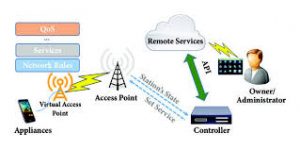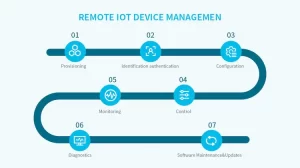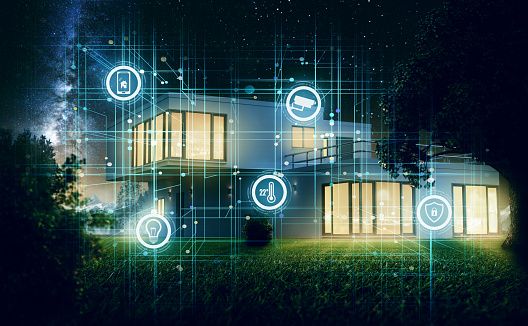How to Control IoT Devices Remotely
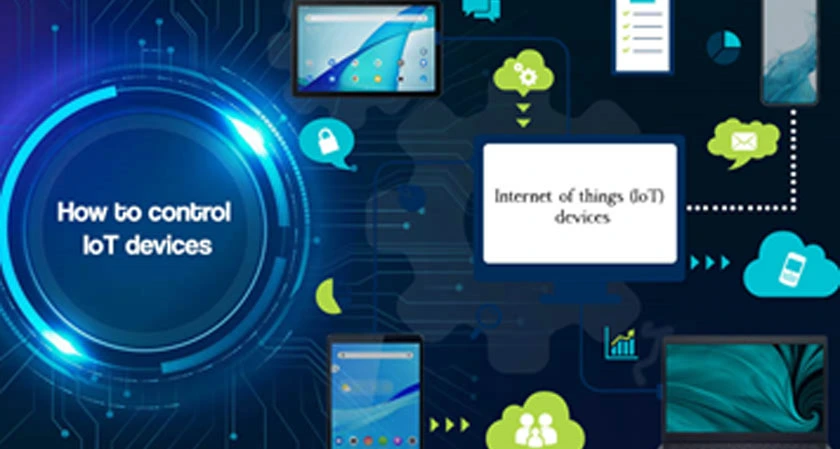
Want to know how to control IoT devices remotely? Controlling IoT devices is a vital aspect of maximizing their potential and reaping the benefits of a connected world. By leveraging centralized control platforms, understanding protocols, utilizing APIs, implementing rule-based automation, enabling remote access, and prioritizing security, you can master IoT device control. Embrace the transformative power of IoT technology while ensuring you have the tools and knowledge to manage and control your devices effectively.
From smart homes to industrial automation, IoT devices offer unprecedented convenience and efficiency. However, effectively controlling and managing these devices is essential to fully harnessing their potential.
In this post, we will explore some key strategies and methods to control IoT devices and create a seamless connected environment, as well as the intricacies of IoT device control and strategies for seamless management.
What is IoT device control?
Understanding How to Control IoT Devices
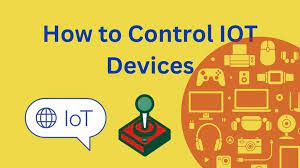
Managing and controlling IoT devices is crucial for optimizing their functionality and maintaining a secure environment. By leveraging centralized hubs, mobile apps, voice control, automation features, and implementing network security measures, you can take control of your IoT devices and create a seamless and efficient connected ecosystem. Embrace the potential of IoT technology while ensuring you have the necessary tools and strategies in place to manage your connected world effectively.
Mobile Apps and Device-Specific Platforms:
When understanding how to control IoT devices, keep in mind that many IoT devices come with their own dedicated mobile apps or web-based platforms. These apps provide specific control and management capabilities tailored to the device’s functionalities. Whether it’s adjusting settings, scheduling tasks, or receiving notifications, these apps allow you to interact directly with individual IoT devices. Make sure to download and familiarize yourself with the relevant apps for each device you own.
Voice Control and Virtual Assistants:
Integrating IoT devices with virtual assistants like Amazon Alexa, Google Assistant, or Apple Siri enables voice control. You can issue commands or ask questions to control specific devices or trigger automated actions. For example, you can say, “Alexa, turn off the lights” or “Hey Google, set the thermostat to 72 degrees.” Setting up voice control requires linking your IoT devices to the virtual assistant platform and configuring the necessary settings.
Automation and Scheduling:
IoT devices often come with automation and scheduling features, allowing you to preset actions based on specific conditions or time-based triggers. For instance, you can schedule your lights to turn on at sunset or set your smart thermostat to adjust the temperature before you arrive home. Take advantage of these features to streamline device control and create personalized routines that suit your needs.
Network Security and Access Controls:
Controlling IoT devices also involves ensuring their security. Protect your devices and network by following best practices such as changing default passwords, keeping firmware up to date, and using strong Wi-Fi encryption. Additionally, consider segmenting your IoT devices on a separate network to isolate them from your primary network and control access.
How To Control IoT Devices With LwM2M
LwM2M simplifies device management by adopting a unified approach for both device and application levels, unlike traditional M2M protocols that rely on multiple technology stacks. This streamlined approach improves efficiency and reduces complexity, making LwM2M a more efficient and effective solution.

